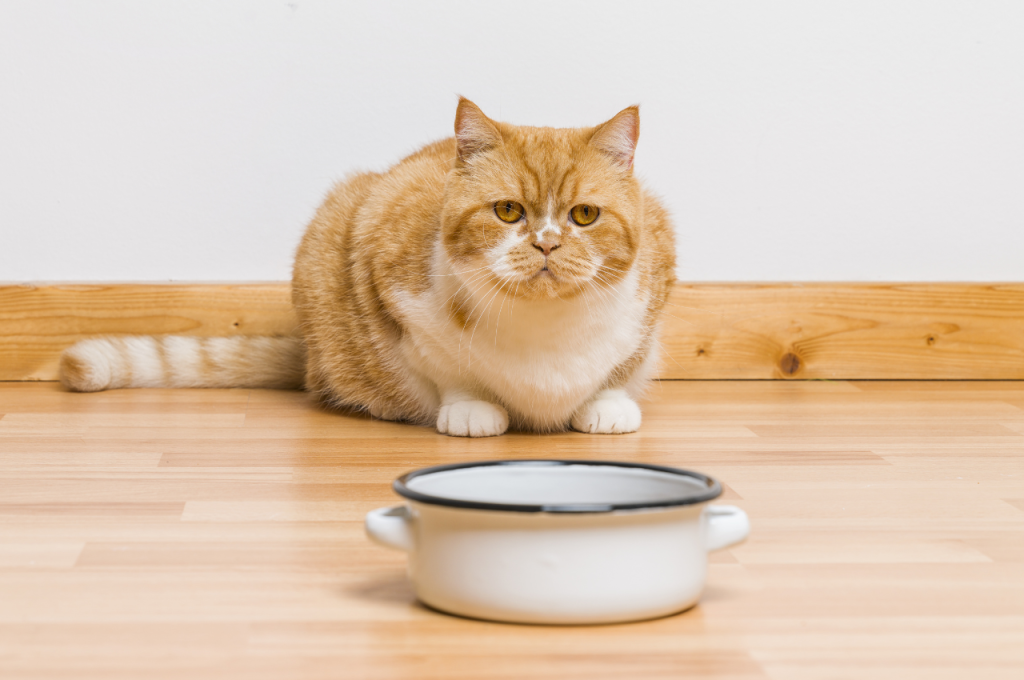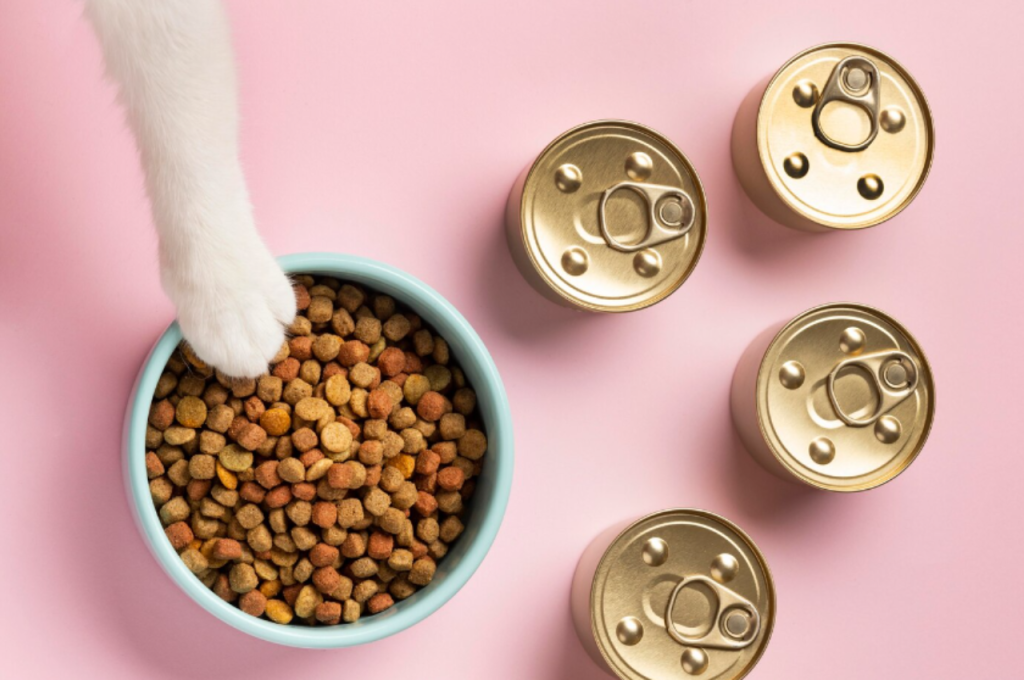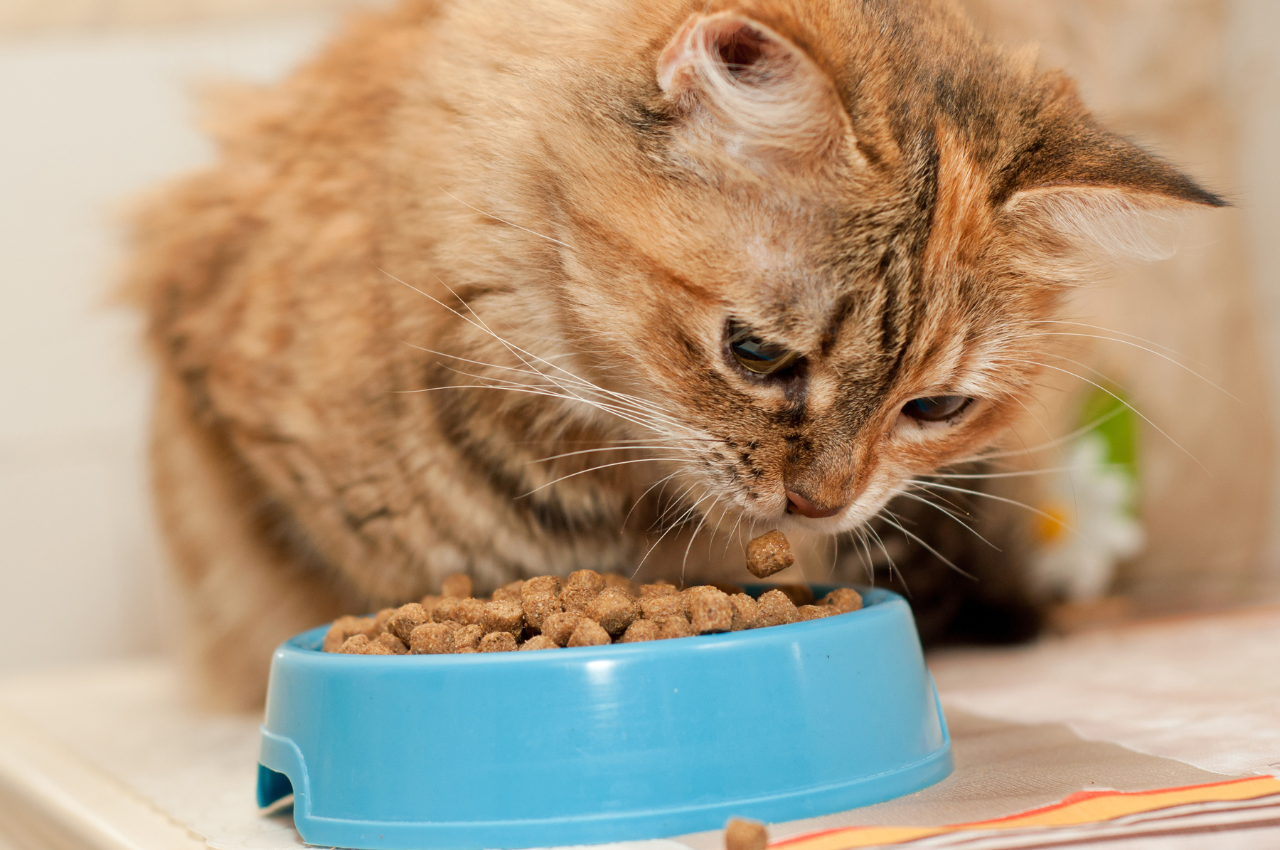The best food for cats is a high-quality, protein-rich diet tailored to their specific nutritional needs. Cats thrive on meat-based diets to maintain their overall health and well-being.
When choosing cat food, look for options that are balanced, including essential vitamins, minerals, and taurine to support their dietary requirements. Cats are obligate carnivores, meaning they require animal-derived protein sources for optimal health. Providing them with a diet rich in meat protein helps maintain their muscle mass, supports their energy levels, and promotes healthy skin and coat.
Additionally, incorporating wet food into their diet can help ensure they stay properly hydrated. By understanding your cat’s dietary needs and selecting the right food, you can help them live a long and healthy life.
The Basics of Feline Nutrition
Proper nutrition plays a vital role in the health and well-being of our feline companions. Understanding the basics of feline nutrition is essential for providing cats with the essential nutrients they need to thrive.

Essential Nutrients for Cats
Cats need essential nutrients to thrive and stay healthy.
- Protein, sourced from meat, is vital for muscle growth.
- Fats provide energy and aid in the absorption of vitamins.
- Vitamins, such as A, B, D, and E, sustain overall health.
- Minerals like calcium and phosphorus are crucial for bone strength.
Understanding Cat’s Unique Dietary Needs
Cats have unique dietary requirements due to their carnivorous nature. They need animal-based protein as a primary food source. Taurine is an amino acid essential for heart and eye health.
Commercial Cat Food vs. Homemade Diet
When deciding what to feed your feline friend, you may be torn between choosing commercial cat food and preparing a homemade diet. Both options have their advantages and drawbacks, and it’s essential to consider the pros and cons of each when making your decision.
Pros and Cons of Commercial Cat Food
Commercial cat food is convenient and comes in various formulations tailored to different life stages and health needs. It offers a balanced nutritional profile and is often enriched with essential vitamins and minerals. However, some commercial cat foods may contain fillers and preservatives that are less than ideal for your cat’s health.
Benefits and Risks of A Homemade Diet
Opting for a homemade diet allows you to have full control over the ingredients, ensuring fresh and high-quality components. Homemade diets can be tailored to your cat’s preferences and dietary requirements. Nonetheless, preparing a well-balanced homemade diet requires careful planning and can be time-consuming. There is also a risk of nutritional imbalances if not properly formulated.
Decoding Cat Food Labels
Decoding cat food labels is essential to ensure that you are providing the best nutrition for your furry friend. Understanding the information on the packaging can help you make informed decisions about the food you choose for your cat’s health and well-being. In this section, we will explore two key aspects of cat food labels: identifying key ingredients and reading nutritional information.
Identifying Key Ingredients
When it comes to cat food labels, one of the most crucial aspects is the list of ingredients. This section provides valuable information about what goes into the food you are feeding your cat. It’s important to pay attention to both the quality and quantity of ingredients listed.
Here are some key indicators to look for when identifying key ingredients:
- Protein Source: Cats are obligate carnivores, which means they require a primary source of animal protein. Look for specific meat or fish ingredients like chicken, beef, or salmon as the main protein sources.
- Meat Meal: Meat meal is a concentrated form of animal protein that can offer high nutritional value. Ingredients like chicken meal or fish meal can be a good addition to the protein content of cat food.
- Fillers and By-products: Avoid cat foods that contain excessive fillers like corn, wheat, or soy. Similarly, by-products should be avoided as they are often low-quality ingredients.
By understanding and identifying these key ingredients, you can make sure that your cat’s food is providing the necessary nutrients for their health and vitality.
Reading Nutritional Information
Reading the nutritional information on cat food labels can help you assess the overall nutritional value of the product. This information is usually presented as a table with various categories, including crude protein, crude fat, crude fiber, and moisture content.
Here’s what to look for when reading nutritional information:
| Nutritional Category | Description |
| Crude Protein | Indicates the percentage of protein in the cat food. A higher protein content is generally beneficial for cats. |
| Crude Fat | Shows the amount of fat in the food. Cats require a certain amount of fat to support various bodily functions. |
| Crude Fiber | Determines the amount of dietary fiber present. Adequate fiber helps maintain healthy digestion in cats. |
| Moisture Content | Reflects the water content in the food. Cats should ideally consume food with a moisture content of around 70%. |
Make sure to look for these essential nutritional categories and compare them to the specific needs of your cat. Consulting with a veterinarian can provide valuable guidance on what nutrients are best suited for your cat’s individual needs.
Common Dietary Challenges in Cats
Choosing the right diet for your cat can be challenging, with various factors to consider such as age, health conditions, and personal preferences. It is important to consult with a veterinarian to determine the best food for your feline friend to ensure optimal health and nutrition.

Food Allergies and Intolerances
Cats, like humans, can experience food allergies and intolerances that can lead to various health issues. Allergies occur when a cat’s immune system overreacts to certain ingredients in their food, such as grains or proteins like chicken or fish. Intolerances, on the other hand, arise when a cat’s digestive system has difficulty breaking down certain food components. Both allergies and intolerances can manifest in symptoms such as vomiting, diarrhea, itchy skin, and even respiratory problems.
Obesity and Weight Management
Another significant dietary challenge for cats is obesity. Many factors contribute to obesity in cats, including overfeeding, lack of exercise, and feeding them food with high-fat content. Obesity can lead to various health problems, including diabetes, arthritis, and heart conditions. It is crucial to ensure that your cat maintains a healthy weight to prevent these issues. Implementing portion control, providing a balanced diet, and engaging your cat in regular physical activity are essential for weight management. Now, let’s delve deeper into these challenges and explore how to address them effectively.
Food Allergies and Intolerances
Food allergies and intolerances in cats can be managed by identifying and eliminating the allergens or intolerable ingredients from their diet. A veterinarian may perform tests to pinpoint the specific allergen or recommend an elimination diet to identify problematic ingredients. Once identified, a proper diet plan can be created, avoiding those allergens or intolerable components. There are many hypoallergenic and limited-ingredient diet options available specifically designed for cats with food allergies or intolerances.
Obesity and Weight Management
To combat obesity in cats and manage their weight successfully, it is crucial to establish a balanced feeding routine. This includes measuring the appropriate portions based on their weight, age, and activity level. Feeding strategies such as using puzzle feeders or slow-feed bowls can help promote a healthy eating pace and satiety. Additionally, incorporating interactive play sessions and engaging toys can encourage physical activity and prevent excessive weight gain. Regular check-ups with a veterinarian are also essential to monitor your cat’s weight and overall health.
Raw vs. Cooked Diet for Cats
Cats are obligate carnivores, which means their diet primarily consists of meat. When considering what food is best for cats, one of the key debates is between a raw food diet and a cooked diet. Each option has its considerations and alternatives, so it’s important to understand the implications of these choices for your feline friend.
Raw Food Diet Considerations
A raw food diet for cats primarily consists of uncooked meat, bones, and organs. Proponents of this diet claim that it closely mimics the natural diet of a cat in the wild, providing essential nutrients and enzymes. However, there are several key considerations to keep in mind when opting for a raw food diet for your cat:
- Proper handling and storage to prevent contamination.
- Potential for bacterial or parasitic infections.
- Balance of nutrients and supplementation.
Cooked Diet Alternatives
Cooked diet alternatives provide a middle ground for cat owners who may be wary of the potential risks associated with raw food diets. Cooking food can kill harmful bacteria and parasites while still retaining essential nutrients. When considering a cooked diet for your cat, there are a variety of options to explore:
- Commercially prepared cooked cat food.
- Homemade cooked cat food recipes.
- Supplementation with cooked meats and vegetables.
Ultimately, the decision between a raw or cooked diet for your cat should be based on thorough research and consultation with a veterinarian. Understanding the specific dietary needs of your feline companion is essential in providing them with the best nutrition for their overall health and well-being.
Special Dietary Requirements for Cats
Discover the best food options for cats with special dietary requirements to ensure their health and happiness. These options cater to various needs, such as weight management, allergies, and digestive sensitivities, providing a well-rounded diet for your feline friend.
Cats have specific nutritional needs that must be met through their diet to ensure they remain healthy and vibrant.
Senior Cat Nutrition
As cats age, their bodies require special care in terms of diet to account for changes in metabolism and potential health issues.
Medical Conditions and Dietary Adjustments
Cats with medical conditions may need customized diets to manage their health effectively.
Introducing New Foods and Transitioning Diets
Introducing new foods and transitioning diets for your cat plays a crucial role in maintaining their health and nutrition needs.
Gradual Diet Changes
Gradually introducing new foods can help prevent digestive upsets and ensure your cat accepts the new diet willingly.
Tips For Successfully Introducing New Foods
- Start by mixing a small amount of new food with their current diet.
- Observe your cat’s reaction to the new food and adjust the ratio accordingly.
- Ensure the new food is suitable for their age, health condition, and dietary requirements.
- Consult your veterinarian for recommendations on transitioning diets.
- Offer new foods in small, frequent meals to encourage acceptance.
Consulting with A Veterinarian About Your Cat’s Diet
Caring for your cat’s diet is essential for their health and well-being. As a responsible pet owner, consulting with a veterinarian about your cat’s diet is crucial in ensuring they receive the best nutrition suited for their individual needs. A veterinarian, as an expert in animal care, can provide personalized and professional dietary guidance for your feline friend.
The Role of A Veterinarian in Feline Nutrition
Veterinarians play a critical role in feline nutrition by offering tailored advice based on your cat’s age, weight, health conditions, and activity level. They can recommend specific commercial cat foods or prescribe customized dietary plans to address any nutritional deficiencies or health concerns. Consulting with a veterinarian ensures that your cat’s dietary requirements are met, contributing to their overall well-being.
When to Seek Professional Dietary Advice
If your cat experiences digestive issues, sudden weight loss, picky eating habits, or if they have been diagnosed with a health condition, it’s essential to seek professional dietary advice from a veterinarian. Abrupt dietary changes can negatively impact your cat’s health, so it’s crucial to consult with a vet before altering their diet. By recognizing the signs that your cat may need dietary intervention, you can proactively address their nutritional needs and avoid potential health complications.

Frequently Asked Questions
Here are some questions about the best foods for cats:
1. What are the best types of food for cats?
When it comes to feeding your feline friend, high-quality, protein-rich cat food is essential. Look for options that contain real meat and minimal filler ingredients. Wet food, dry food, and a balanced diet of both can be suitable based on your cat’s individual needs and preferences.
2. How often should I feed my cat?
Cats typically thrive on a consistent feeding schedule, with most adult cats being fed 2-3 times per day. However, the frequency and portion size may vary depending on your cat’s age, activity level, and health. It’s best to consult with your veterinarian to establish an appropriate feeding routine for your specific cat.
3. Is it okay to give human food to my cat?
While some human foods can be safe for cats in moderation, many common human foods can be harmful or even toxic to felines. It’s crucial to research and understand which human foods are safe for cats and which should be strictly avoided.
Consulting with a veterinarian can provide helpful guidance in this area.
Conclusion
Ultimately, the best food for cats varies based on individual needs and preferences. It’s crucial to consider factors like age, overall health, and dietary requirements. By providing a balanced diet and consulting with a veterinarian, you can ensure your feline friend receives the nourishment they need to thrive.
Let’s keep our furry companions healthy and happy!
